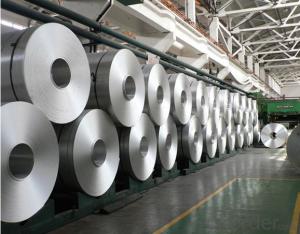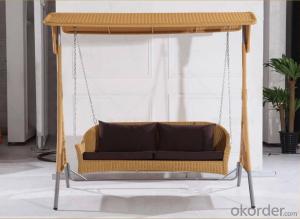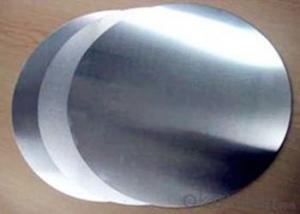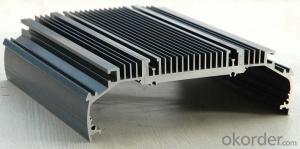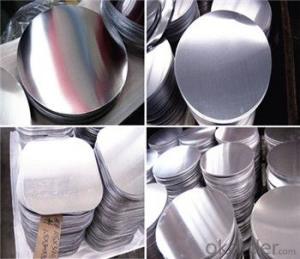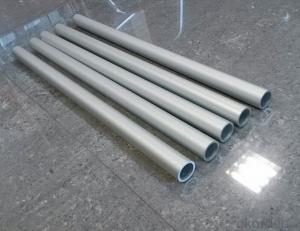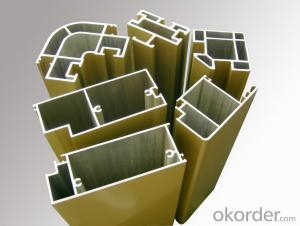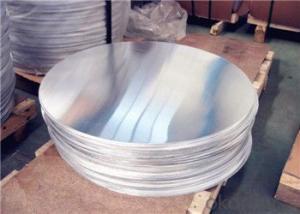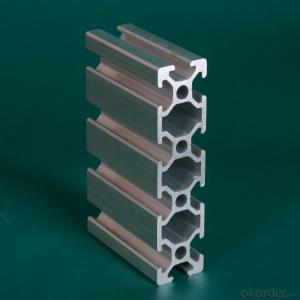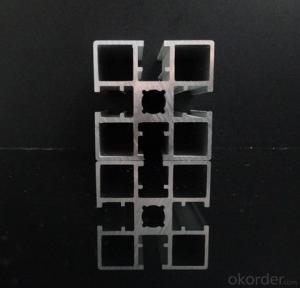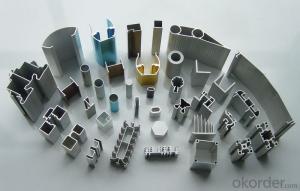Extruded Aluminum Heatsink
Extruded Aluminum Heatsink Related Searches
Led Light Bulbs For Ceiling Fixtures Led Lamps For Ceiling 42 In Ceiling Fan With Light Aluminum Coil Stock For Gutters Aluminum Foil For The Grill Hole Saw For Aluminum Plate Aluminum Tread Plate For Trailer Bow Plate For Aluminum Boat Aluminum Foil For Grow Room Aluminum Foil For Joint PainHot Searches
Stock Price For Aluminum Aluminum Coil Stock For Sale Aluminum Gutter Coil For Sale Used Aluminum Scaffolding For Sale 1/4 Aluminum Plate For Sale Aluminum Bar Stock For Sale Aluminum Round Stock For Sale Aluminum Diamond Plate For Sale Aluminum Scaffolding For Sale Craigslist 6061 Aluminum Plate For Sale Aluminum Dock Plate For Sale 7075 Aluminum Plate For Sale Aluminum Tread Plate For Sale Aluminum Checker Plate For Sale Aluminum Plate For Sale Near Me Plate Aluminum For Sale Aluminum Plate For Sale Aluminum Square Stock For Sale Aluminum Flat Stock For Sale Billet Aluminum Stock For SaleExtruded Aluminum Heatsink Supplier & Manufacturer from China
Okorder.com is a professional Extruded Aluminum Heatsink supplier & manufacturer, offers integrated one-stop services including real-time quoting and online cargo tracking. We are funded by CNBM Group, a Fortune 500 enterprise and the largest Extruded Aluminum Heatsink firm in China.Hot Products
FAQ
- The weight limitations of aluminum profiles depend on various factors such as the dimensions, shape, and structural integrity of the profile itself. Aluminum profiles are generally lightweight and have a high strength-to-weight ratio, making them suitable for a wide range of applications. However, the maximum weight capacity will vary depending on the specific profile design and the intended use. Aluminum profiles can typically support a significant amount of weight, especially when they are properly engineered and reinforced. For simple structural applications, such as framing or support systems, aluminum profiles can handle loads ranging from a few hundred pounds to several thousand pounds. These profiles are commonly used in industries like construction, automotive, aerospace, and manufacturing. It is important to note that the load-bearing capacity of aluminum profiles can be enhanced through various techniques, such as increasing the thickness or adding reinforcing elements like gussets or braces. These modifications help to distribute the weight and improve the overall strength of the profile. Additionally, it is crucial to consider other factors such as the length of the profile, the type of connection or fastening method used, and the overall stability of the structure. These factors can affect the weight limitations and overall structural integrity of the aluminum profiles. To determine the specific weight limitations of aluminum profiles for a particular application, it is recommended to consult with a structural engineer or refer to the technical specifications provided by the manufacturer.
- Aluminum profiles can undergo anodization to enhance their resistance to corrosion. Anodizing involves an electrochemical process that creates a protective layer of aluminum oxide on the metal's surface. This layer not only improves the appearance of the profile but also provides excellent corrosion resistance. During anodization, the aluminum profile is placed in an electrolytic solution and subjected to a direct current. This prompts oxidation to take place on the metal's surface, resulting in the formation of a thick layer of aluminum oxide. This oxide layer is tough, long-lasting, and firmly adheres to the underlying aluminum, effectively guarding against corrosion. The anodic oxide layer can be further fortified by sealing it using different methods, such as hot water sealing or chemical sealing. This serves to enhance the aluminum profile's resistance to environmental elements like moisture, chemicals, and UV radiation. Anodized aluminum profiles offer numerous advantages over non-anodized ones. They exhibit superior resistance to corrosion, scratches, and wear. Moreover, anodization can also create a decorative finish for the aluminum profile, as it allows for a wide array of colors to be applied. In conclusion, anodization is an extremely effective technique for boosting the corrosion resistance of aluminum profiles, making them suitable for various applications where protection against corrosion is crucial. These applications include the construction, automotive, aerospace, and electronics industries.
- Aluminum profiles generally have poor sound transmission loss properties due to their low mass and stiffness. They are not effective in blocking or reducing sound transmission compared to other materials specifically designed for acoustic insulation purposes.
- How to calculate the spraying powder of aluminium profile?
- Ask not detailed, do not know what you want to ask is how?
- Some of the different machining techniques used on aluminum profiles include milling, drilling, turning, grinding, and tapping. These processes help shape and refine the aluminum profiles to meet specific design requirements and achieve desired dimensions and surface finishes.
- There are several different types of protective coatings that can be applied to aluminum profiles. Some common options include anodizing, powder coating, and liquid paint. Anodizing involves creating a protective layer of oxide on the surface of the aluminum through an electrochemical process. Powder coating involves applying a dry powder to the surface of the aluminum and then curing it in an oven to create a durable and protective coating. Liquid paint can also be used to provide protection and can offer a wide range of color options. Other options include chrome plating, chemical conversion coatings, and thermal spray coatings, each with its own unique benefits and applications.
- we recently entered a batch of aluminum billet, under the rain, billet oxidation, spray finished drawing after the profile off the skin, how to do
- If the spray before the rescue, spraying is not easy, you also do not have to estimate the film slot!
























